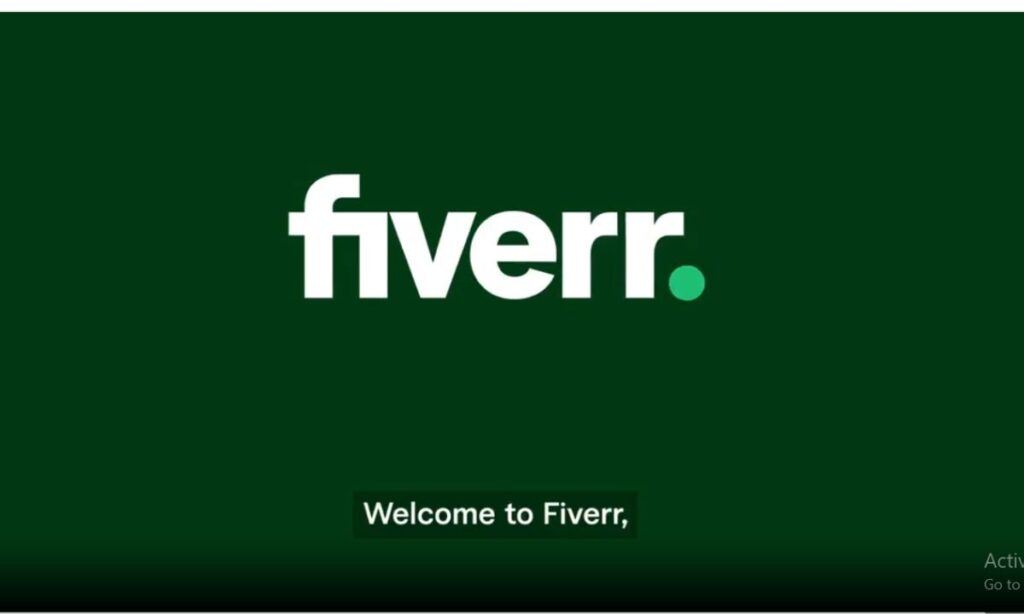Freelancing has become one of the most accessible and flexible ways to earn money, offering opportunities for individuals worldwide to work on their own terms. Whether you’re looking to supplement your income or start a full-time career, freelancing provides a pathway to make money online. This guide will walk you through the essential steps on how to earn money from freelancing, breaking down the process in simple terms to get you started and growing your freelance business.
Introduction
Freelancing has transformed how people work, offering a flexible and dynamic approach to making money online. The global freelance market is filled with potential, whether you’re skilled in writing, design, programming, marketing, or any other professional field. In this guide, we’ll explore step-by-step how to make money freelancing, covering the essentials to help you get started, secure clients, and grow your freelance income.
Identify Your Skills and Niche
One of the first steps to successful freelancing is to identify which skills you can offer to clients. Common freelance skills include:
- Writing and Editing: Blog posts, web content, social media copy, etc.
- Graphic Design: Logos, social media graphics, website design, etc.
- Programming and Development: Building websites, apps, and software.
- Digital Marketing: Social media, SEO, email marketing.
- Virtual Assistance: Administrative tasks, customer support, scheduling.
To pick a niche, think about your strengths, what you enjoy doing, and the needs of the market. By specializing in a niche, you make it easier for clients to find and hire you. If you’re new to freelancing, researching popular freelancing websites (like Upwork and Freelancer) will give you an idea of high-demand skills and niches.
Setting Up Your Profile
Creating a strong profile on freelancing platforms is critical. Here’s a step-by-step on setting up an effective freelancer profile:
- Choose the Right Platform: Start with one or two popular platforms such as Freelancer.com, Upwork, or Fiverr.
- Craft a Strong Headline: Your headline should quickly tell potential clients who you are and what you offer. For instance, “Experienced Content Writer Specializing in SEO and Blog Writing.”
- Write a Compelling Bio: Highlight your skills, experience, and what makes you stand out. Use a friendly, conversational tone to keep it engaging.
- Showcase Relevant Skills: List all the skills relevant to your services.
- Set Up a Portfolio Section: This is where you showcase past projects (more on building a portfolio below).
Your profile acts as your resume. Keep it updated, polished, and tailored to the types of projects you’re targeting.
Building a Portfolio
A portfolio is essential for showcasing your skills and attracting clients. If you’re new and don’t have previous work to show, consider creating sample projects:
- Designers: Create mock logos, website layouts, or social media graphics.
- Writers: Write blog posts, articles, or web copy samples.
- Developers: Build sample websites or apps, or contribute to open-source projects.
You can host your portfolio on platforms like Behance (for creatives) or GitHub (for developers) or even build your own website using tools like Wix or WordPress.
Finding Clients and Projects
Finding clients is one of the biggest challenges for new freelancers. Here are a few methods to start securing projects:
- Use Freelance Platforms: Websites like Freelancer.com and Upwork have thousands of clients looking to hire freelancers. Start by applying to small, manageable jobs to build up reviews.
- Cold Outreach: Directly contact businesses or individuals who may benefit from your services. Personalize each message to show how you can add value.
- Networking and Referrals: Attend online events or join groups in your industry to network with potential clients.
- Social Media: Showcase your skills on social media platforms like LinkedIn or Twitter, where potential clients may notice your work.
Pricing Your Services
Pricing is a critical factor in your success. Here’s how to approach it:
- Research Market Rates: Check what other freelancers in your field are charging.
- Hourly vs. Project-based Pricing: Decide whether you’ll charge by the hour or project. Project-based pricing is often preferred as it allows clients to see the full cost upfront.
- Value-Based Pricing: If you’re skilled and know the project will bring high returns to the client, you can charge a premium.
Starting with competitive prices is common, especially if you’re new. As you gain experience and client reviews, you can adjust your rates to reflect your value.
Managing Your Time and Projects
As a freelancer, you’ll be responsible for managing your projects and time. Here are a few tips:
- Set Clear Deadlines: Be realistic about what you can deliver and by when.
- Use Task Management Tools: Tools like Trello, Asana, or Monday.com can help keep you organized.
- Avoid Multitasking: Focus on completing one project or task at a time to maintain quality.
- Set Work Hours: Even though freelancing is flexible, having set hours helps maintain work-life balance.
Building Client Relationships for Long-term Success
Long-term clients are valuable because they provide consistent work. Here’s how to foster great client relationships:
- Deliver Quality Work: Consistently delivering high-quality work builds trust and rapport.
- Communicate Effectively: Keep clients informed throughout the project, and respond to messages promptly.
- Go the Extra Mile: Offering suggestions or doing a little extra can leave a lasting impression.
- Follow-Up After Completion: Send a thank-you email after the project wraps up, and ask if there’s anything more you can do for them.
Scaling Your Business
Once you’re established, here’s how you can scale your freelance career:
- Increase Your Rates: With more experience, increase your rates to reflect the value you bring.
- Specialize Further: Niching down further can make you more attractive to higher-paying clients.
- Offer Additional Services: Expand your offerings to include related services.
- Consider Outsourcing: For large projects, you might subcontract parts of the work to other freelancers, allowing you to take on bigger projects.
Tools and Resources
Several tools make freelancing more efficient and manageable:
- Invoicing: Tools like PayPal, FreshBooks, and Wave.
- Time Tracking: Clockify, Toggl, or Hubstaff.
- Communication: Slack or Zoom for client calls.
- File Sharing: Google Drive and Dropbox for sharing files with clients.
Conclusion
Freelancing can be a rewarding way to earn money, offering the flexibility to work from anywhere while building a career around your strengths. By following this guide, you’ll be well on your way to establishing a successful freelance business and maximizing your earnings potential.
FAQs
Q1. Can beginners make money freelancing?
Yes, freelancing platforms offer many opportunities for beginners. Start with smaller jobs to build a track record, and as you gain reviews, you can move to higher-paying projects.
Q2. How much can I earn from freelancing?
Earnings vary widely depending on the industry, experience, and client base. Many freelancers start earning a few hundred dollars per month and grow their income over time.
Q3. Do I need a website to freelance?
While not essential, a website makes you look more professional and gives you a dedicated space to showcase your work.

Welcome to Digital Profit Track, sharing insights on digital marketing, freelancing, and online earning.
Contact me at: team@digitalwsf.com




